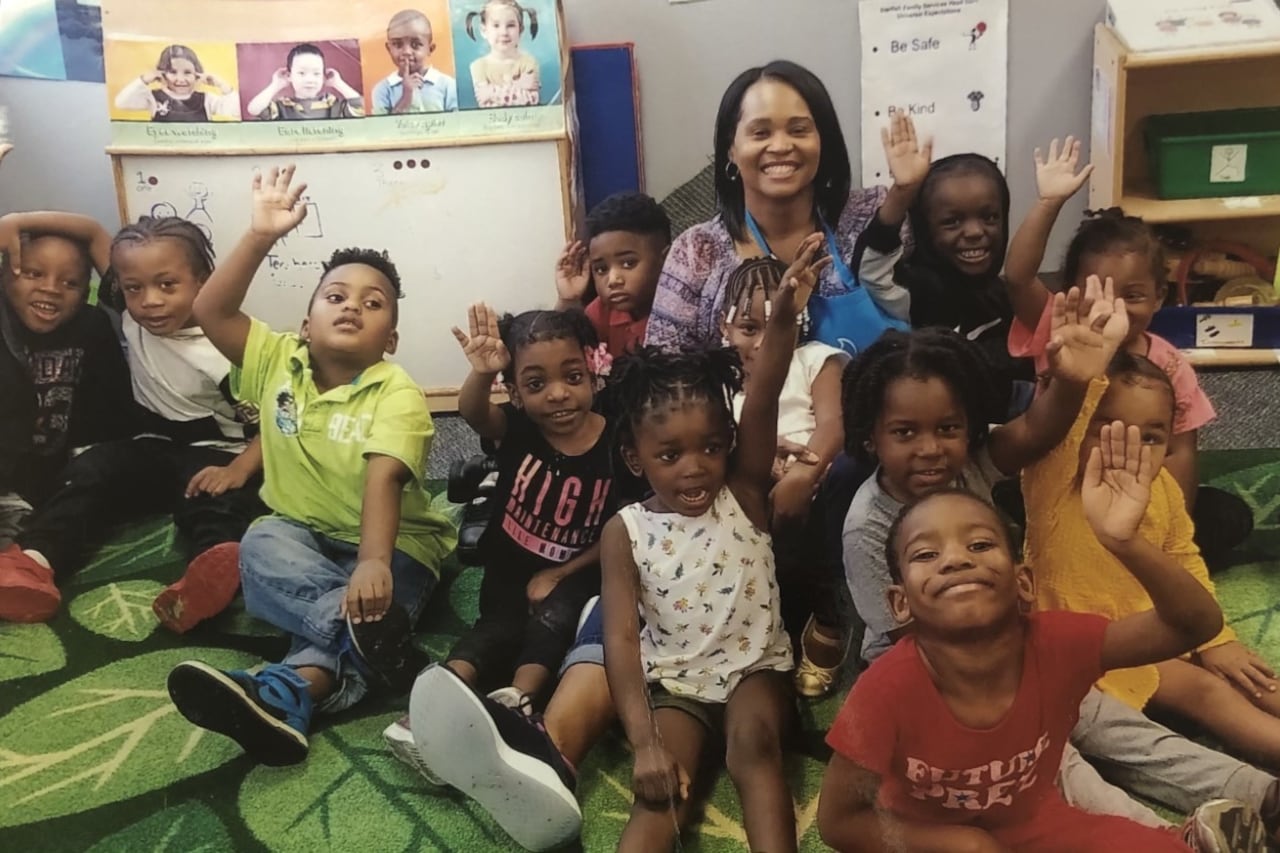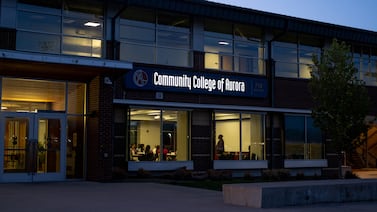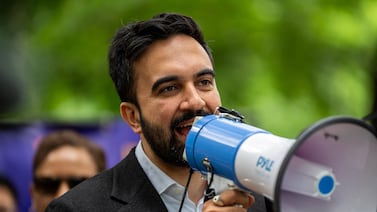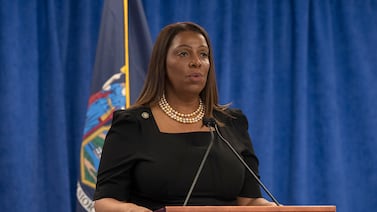In the early months of pandemic learning, Carmen Price was having trouble getting her preschool students to pay attention to virtual lessons. So she began experimenting.
After some trial and error, she came across a few techniques that kept her students interested. PowerPoint, for instance, made it easy to include videos and photos in her lessons, which her students seemed to like.
Her success made her wonder: Were other teachers thinking about the same things?
Price consulted with the leaders of her preschool, Starfish Family Services, then invited other educators in her program to talk about their techniques for teaching young students online.
“It just was awesome. The first meeting, I was surprised. All the teachers came. My heart was just so full because I realized that really was a need. And I even noticed our morale around here improve.”
Price grew up near Starfish Family Services in Inkster, where students and teachers recently returned to face-to-face instruction.
“When I came here, almost every week someone would come through the doors of the building that I knew from either growing up or just knowing people in the community, and having that connection, it’s just made my job here so much more fulfilling,” she said.
Chalkbeat spoke with Price about her strategies for connecting with parents, engaging students online, and keeping her role in perspective.
This interview has been lightly edited for length and clarity.
What do you do when you find students aren’t engaged?
It has been a challenge. Because I work with preschoolers, I’m used to using lots of different strategies to keep them engaged. A lot of the strategies I used in person, I just try to use in a virtual setting but in a shorter period of time.
One thing I find very helpful is PowerPoint. The children having the visual effect of the games and books directly on their screen is really visually appealing for them.
I have them always bring something tangible with them to class. We’ll have silly hat day, or I’ll say, “bring your favorite thing that starts with your favorite letter.” One day we had everyone bring something to make a sandwich. By giving them something to bring to class, it gives them a personal connection to what they’re doing.
They love to talk, so whenever they get the format to be able to tell us something, they’re good.
What are some ways you have connected with parents during the pandemic?
Parents are struggling. They have a lot of challenges right now, and I just wanted to do everything I could to help them. Aside from our regular Zoom classes, I gave them the opportunity to schedule time with me and my co-teacher on Zoom and we would go over individual goals that the children may be working on.
It was also a time to connect with the parents. We talk about the challenges they have, the things they may need, as far as support. Another thing I do is every Friday is distribute food and materials. Some parents don’t have transportation, so I would always coordinate a time with them and do porch drop-offs for parents that needed it. Just doing that helps the parents be more comfortable with us and be more open and honest about their needs.
Why are these connections so important to you?
When I was growing up, I remember having a connection with my first grade teacher, and that’s one of the things that drove me to want to be a teacher. I was very shy as a child, and she just could see things in me that as a kid I didn’t see — things I didn’t know I could do. She just gave me love and comfort and a feeling that I could do anything.
What’s the best advice you’ve ever received about teaching, and how have you put it into practice?
One thing my mentor told me: Remember, you’re building the foundation; you’re not building the whole building. That’s my job: to build the foundation, and hopefully every teacher after will build upon that and children will be successful.
What gives you hope at this moment?
One of the things that inspires me and gives me hope is realizing that everything I do with the children each day makes some sort of impact on their life. I may not see it in the classroom with them right now, but something that I’ve done is going to make a difference in their lives. I’m really confident in that.







